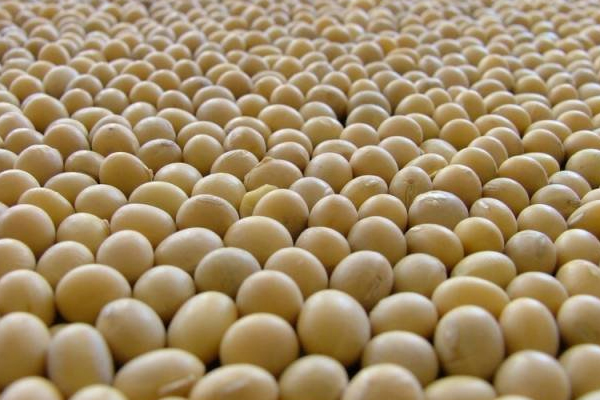Researchers discover genes resistant to soybean pathogen

Purdue University researchers have identified two genes within the soybean genome that are highly resistant to a soilborne pathogen that causes Phytophthora root and stem rot, a disease that costs US soybean growers more than $250 million annually in lost yield.
The discovery, made by a team of scientists led by Jianxin Ma and Teresa Hughes, could lead to the development of soybean cultivars better able to withstand the pathogen Phytophthora sojae. The Purdue research was published online by Theoretical and Applied Genetics and is to appear in the journal’s November print edition.
Naturally occurring Phytophthora sojae resistance exists in soybean germplasm. Most previous resistant genes, however, have lost their ability to fight off the pathogen, which has developed immunity to them. Together, the two newly identified genes appear stronger than most earlier genes and could remain viable for many more years, said Ma, a soybean geneticist in Purdue’s Department of Agronomy.
“These two genes demonstrate resistance to all the predominant isolates of this pathogen found in Indiana and many other isolates that are virulent to previously identified resistance genes,” he said. “If these two genes are effectively used in Indiana and other Midwest soybean crops, an annual net increase in soybean production would be anticipated.”
Phytophthora sojae has been a problem for Indiana soybean farmers since it was first found in the state in 1948. The pathogen thrives in wet, cool conditions and produces spores that move in water and onto soybean roots. Diseased roots form lesions that can move up the stem and kill the entire soybean plant. The pathogen also produces spores that can remain dormant in soil through the winter and become active when warm weather returns.
Even in normal crop years Phytophthora sojae is responsible for 8-15% crop loss nationwide.
Because the soybean plant’s own genetic resistance to Phytophthora sojae has proven to be the best way to control the pathogen, the mapping of the soybean genome in recent years has improved the odds of finding other resistant genes. But the Purdue team made its discovery looking for a genetic answer to another soybean problem, said Hughes, a US Department of Agriculture plant pathologist and adjunct professor in Purdue’s Department of Botany and Plant Pathology.
“We were originally looking for possible resistance to Asian soybean rust,” she said. “Our experimental locations had high Phytophthora pressure, and we found that these genes did very well against that disease. That was our first clue that they might have good resistance to Phytophthora sojae.”
During its three years of study the Purdue researchers have developed molecular “markers” – identifying tags – that can be used to expedite the transfer of the resistant genes to soybean cultivars. That process is known as marker-assisted selection.
“There are about 46,000 predicted gene models in what we call the reference soybean genome,” Ma said. “These markers allow rapid pyramiding of multiple resistant genes into a single cultivar in order to boost the effectiveness of resistance.”
Although Phytophthora sojae eventually could render the two resistant genes ineffective, the pathogen itself likely would become much weaker, Hughes said.
Ma, Hughes and collaborating Purdue researchers Scott Abney, Feng Lin, Meixia Zhao, Jieqing Ping, Austin Johnson and Biao Zhang plan to continue their research. They next hope to move their work from greenhouses and into field trials. After that the resistant lines could make their way into commercial cultivars.
“This has the potential to provide a higher profit margin for soybean farmers, as well as reducing the use of harmful chemicals and promoting a cleaner environment,” Ma said.
The Theoretical and Applied Genetics paper, “Molecular mapping of two genes conferring resistance to Phytophthora sojae in a soybean landrace PI 567139B,” can be viewed here.
 Beheer
Beheer





 WP Admin
WP Admin  Bewerk bericht
Bewerk bericht